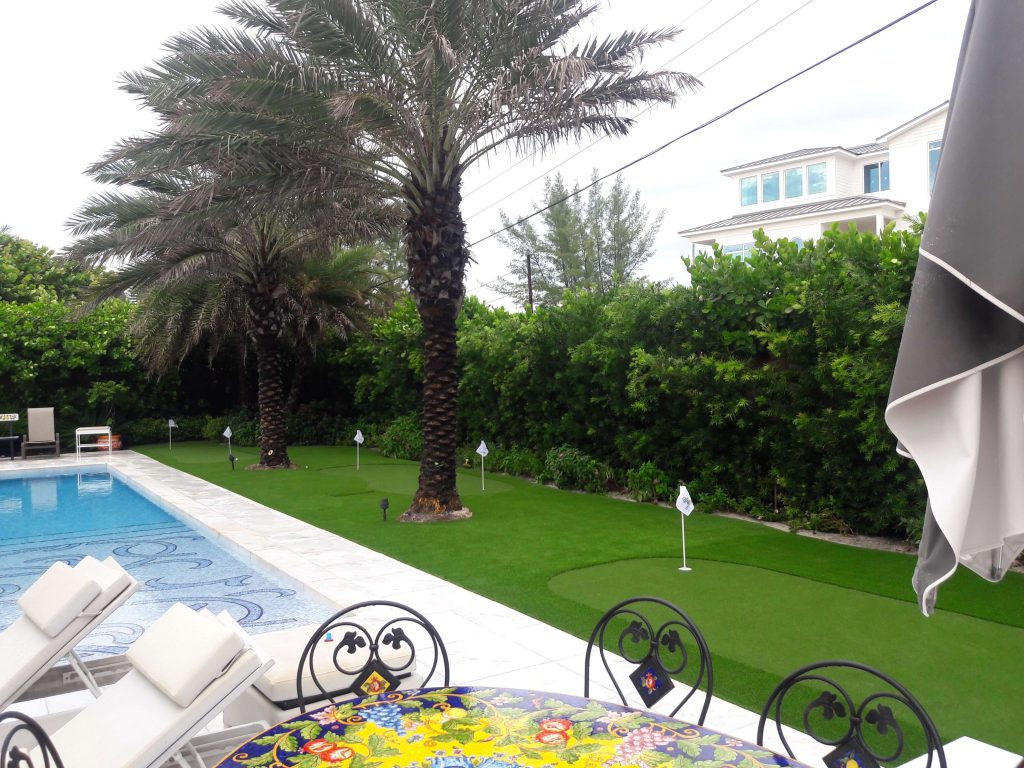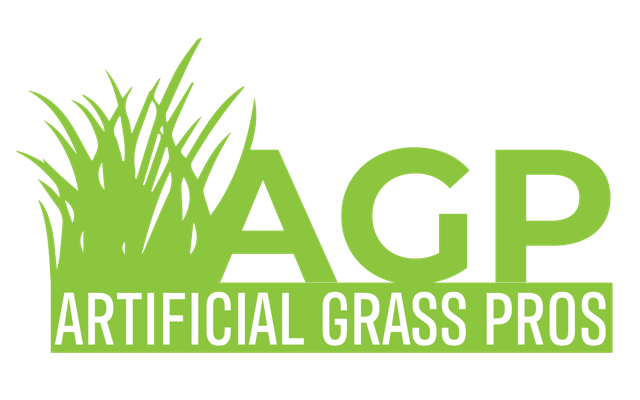Installing artificial turf is a fantastic way to create a beautiful, low-maintenance outdoor area. Whether you’re enhancing your backyard, creating a pet-friendly zone, or transforming a commercial space, installing artificial turf yourself can save you time and money. However, proper installation is key to ensuring your synthetic grass looks great and lasts for years. In this blog post, we’ll walk you through a step-by-step guide on how to install artificial turf in any space.
1. Plan and Measure the Area
Before starting your installation, plan out the area where you’ll be laying the artificial turf. Take accurate measurements to determine how much turf you’ll need, accounting for the shape of your space. Ordering a little extra material ensures you’ll have enough to cover the entire area and make adjustments if necessary. Proper planning will help you avoid mistakes and ensure a smooth installation process.
2. Prepare the Ground
The key to a successful artificial turf installation lies in the preparation of the ground beneath it. Follow these steps for a solid foundation:
- Clear the Area: Remove any existing grass, rocks, weeds, and debris from the installation area. You may need to use a sod cutter for larger spaces.
- Excavate the Soil: Dig out about 3-4 inches of soil to create space for a solid base. This will also help prevent weeds from growing beneath your turf.
- Install Weed Barrier: Lay a weed barrier fabric over the entire area to block any future growth. This extra step helps ensure your turf stays weed-free.
3. Create a Base
To provide stability and proper drainage, you’ll need to create a base layer for your artificial turf. A good base ensures the turf lays flat and lasts longer.
- Apply a Base Material: Spread a layer of crushed rock or decomposed granite (approximately 2-3 inches deep) across the area. This material provides excellent drainage and prevents the ground from becoming soggy.
- Compact the Base: Use a plate compactor to tightly compress the base material, making sure it’s evenly distributed. This step ensures a stable foundation that prevents shifting or uneven surfaces in your turf. After compaction, the surface should be firm and level.
4. Install a Shock-Absorbing Layer (Optional)
If you want to add extra comfort or safety, especially for areas like playgrounds or sports fields, install a shock-absorbing layer before placing the turf. This underlayment provides cushioning, reducing the impact of falls and making the surface more comfortable to walk on.
5. Lay the Artificial Turf
Once the base is ready, it’s time to lay the synthetic turf.
- Roll Out the Turf: Unroll the artificial turf over the prepared area, making sure the grass fibers all face the same direction for a natural look.
- Trim the Edges: Use a utility knife to carefully trim the turf around the edges and any irregular shapes in the area, such as trees, rocks, or pathways.
- Seam the Pieces Together: If you’re installing multiple sections of turf, use seaming tape and adhesive to join the edges of the pieces. Be sure to align the seams carefully so they’re not visible, and press down firmly to secure them in place.
6. Secure the Turf
Now that the turf is laid out, it’s essential to secure it to the ground to prevent movement and create a professional finish.
- Nail Down the Turf: Use landscaping nails or turf stakes, placing them every 6-8 inches along the perimeter and any seams. Ensure the nails are hammered down deep enough to sit flush with the turf without being visible.
- Brush the Turf: Once secured, use a stiff broom to brush the turf fibers upright. This helps lift the blades for a more realistic appearance.
7. Add Infill (Optional but Recommended)
Infill is crucial for maintaining the appearance and performance of your artificial turf. It helps support the blades, provides cushioning, and improves drainage.
- Choose Your Infill: Depending on your specific needs, choose an infill material like silica sand, rubber granules, or a pet-friendly infill.
- Distribute Evenly: Use a drop spreader to distribute the infill evenly across the turf, and brush it in with a broom to help it settle between the grass blades. This will also keep the turf blades standing upright.
8. Final Touches
Once the infill is in place, give the entire area one final brush to ensure the synthetic grass looks natural and all the blades are standing straight. Inspect the area for any uneven spots or loose edges, and secure them if needed.
9. Enjoy Your Space
After installation, your artificial turf is ready to enjoy! Whether it’s a backyard, sports field, or commercial area, you now have a stunning, low-maintenance space that will stay green and pristine for years to come.
Conclusion
Installing artificial turf is a manageable DIY project that, when done correctly, can provide years of beautiful, hassle-free outdoor enjoyment. With proper planning, a solid base, and attention to detail, your synthetic turf installation will be a lasting investment that enhances the look and functionality of any space. Follow these steps, and you’ll be well on your way to enjoying your new artificial lawn!


Recent Comments